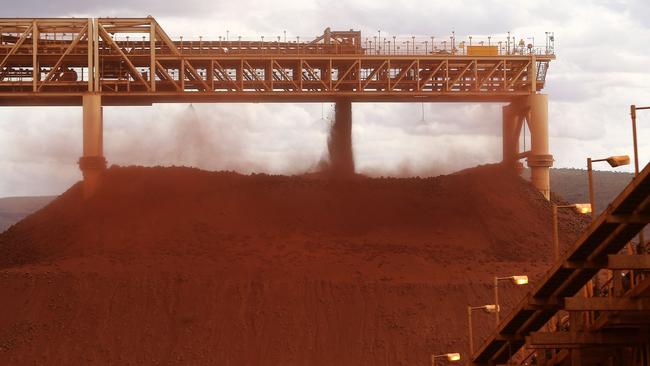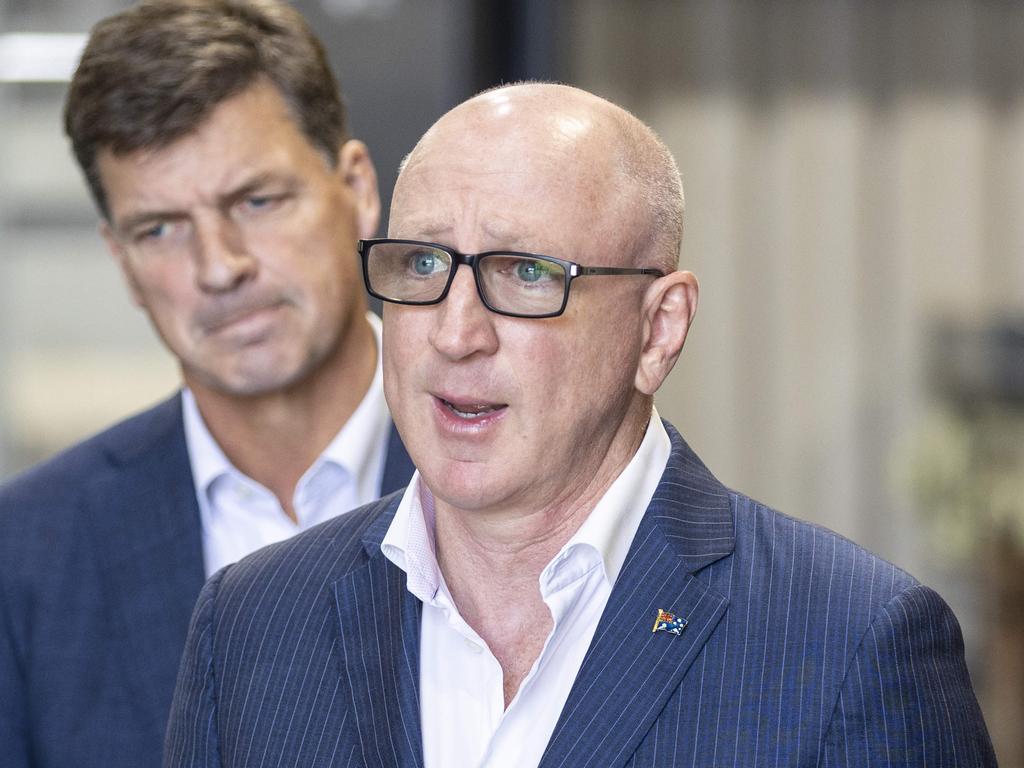End of an era as Chalmers warns best of budget times now over


We can take it as given that Jim Chalmers on May 14 will be able to claim a second straight surplus.
But the good fiscal news won’t be quite as good as we have become accustomed to during two years of soaring commodity prices and a booming jobs market.
This is the core message from Chalmers in his scene-setting address to CEDA on Thursday.
If it sounds like the Treasurer is making a fine distinction, it’s because he is.
But Chalmers does want Australians to be realistic about what more the government can do and spend.
The relentless improvement in the budget position during the Albanese government’s term so far is best shown in the final outcome for 2022-23. In April 2022, the pre-election economic and fiscal outlook was warning of a $77.9bn deficit for the coming financial year.

A mere six months later, after Labor had won power, Chalmers’ October budget estimated the deficit would be $36.9bn, or less than half the previous forecast.
By the 2023-24 budget in May, Labor was celebrating predictions for a $4.2bn surplus.
By September, the final outcome for 2022-23 was confirmed at $22.1bn.
Lo and behold, a neat $100bn budget turnaround in under 18 months.
But that was then.
Chalmers is essentially saying that the country is about to enter the third stage of the post-pandemic era.
Stage one was spend as much as you can to insulate the economy from lockdowns.
Stage two was the bounce-back – the $200bn revenue upgrade across two budgets, as Chalmers points out.
Stage three is the tricky one.
Growth is stalling, and the rolling tax upgrades that have made a mockery of Treasury’s forecasts are coming back down to earth. Meanwhile, Australians expect more government services than we can afford in the long run, at least on current tax and spend trajectories.
That the party is over is a perfectly reasonable and prudent message to be sending, even if the Treasurer is over-egging it a bit.
Chalmers talks about the iron ore price on Tuesday morning falling to $US94 a tonne.
But it’s since bounced back to $US110, and will probably remain at around those levels for the rest of this year, according to CBA analysts.
Compare that to the steady decline to $US60 by September assumed by Treasury, and you can smell the potential for more upside to company taxes in the coming financial year.
There is likely less upside in the income tax receipts.
The reality of a softening jobs market and rising unemployment rate aligns with what the budget is anticipating, barring any shock.
Still, under promising and over delivering is a tried-and-true approach, whether it’s the Treasurer or a company chief executive.
And of course, above it all hangs an election in a little over a year’s time.
Having a little extra in the bank to spend would be a boon to any sitting government looking to sweeten the mood among voters.
This is all short-term stuff, however. If balancing the budget is becoming harder in the coming year or two, further into the decade and beyond it looks virtually impossible without some major changes to taxes, or spending, or both.
That can’t stay tomorrow’s problem forever.







It’s not bad budget news, exactly.